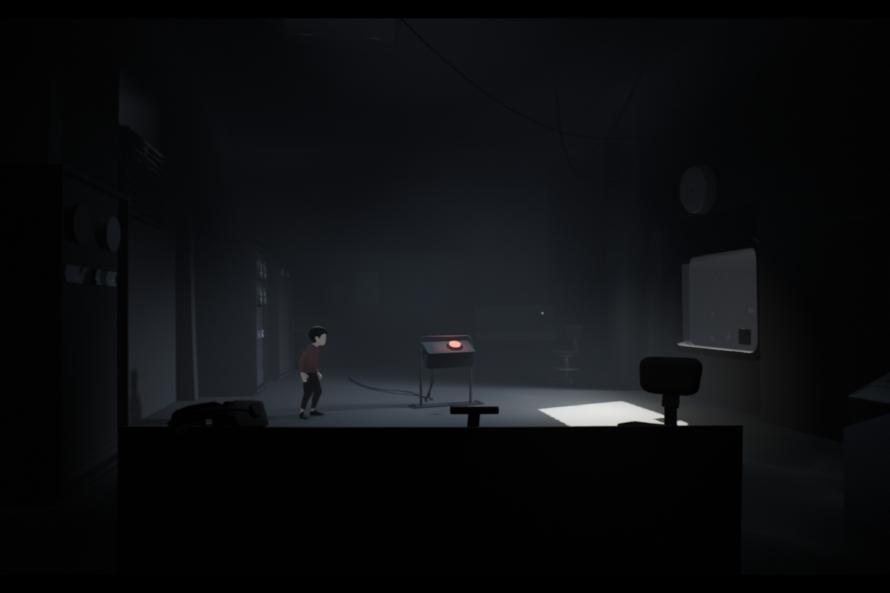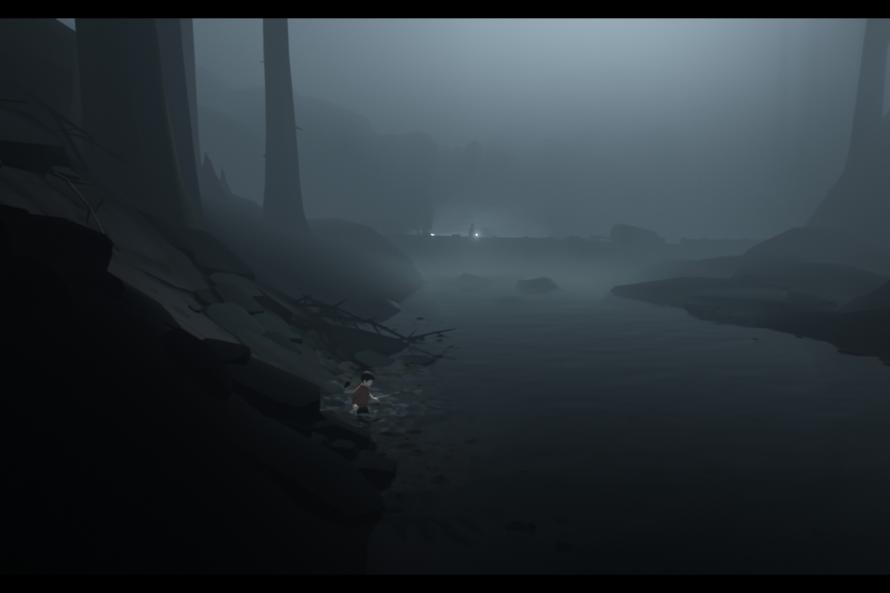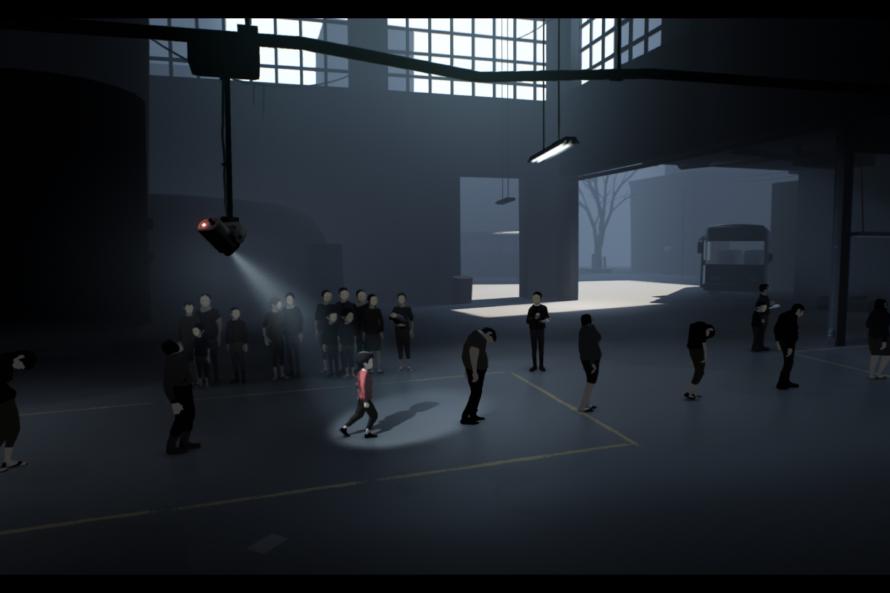INSIDE
Danish developer Playdead entered the indie scene with their puzzle-based side scroller LIMBO on Xbox Live Arcade in 2010. I reviewed it the year after, giving it my very exclusive two thumbs up. Since the release of LIMBO, Playdead has porting the game to no less than 9 other platforms, firmly squeezing every last potential out of that poor kid.
Last year, the company returned with a brand new game: INSIDE. Not only does the game confirm Playdead’s love for ALL CAPS titles, and young, male protagonists. It also shows that they are still very, very good at making puzzle-based games.
INSIDE somehow managed to fly completely below my radar. It wasn’t until Steam’s algorithms decided that it was time for me to buy something new that I realized it existed. And for once, Steam hit a home run with their recommendation.

The game takes you into a depressingly dystopian world - my favorite kind of world, at least when we’re talking fiction - and puts you in control of a young boy. He is either running from something, or to something, it’s hard to tell because the creators of INSIDE give you absolutely no backstory. This is the game’s description in its entirety on Steam:
“Hunted and alone, a boy finds himself drawn into the center of a dark project.” - Playdead’s description of their game INSIDE.
Neither is there any really good clues to what the hell is going on during gameplay. This isn’t necessarily a bad thing. In INSIDE’s case, it’s quite the opposite. The lack of a backstory will make the WTF-moments even more WTF. And there will be a lot of those moments. It has also fueled quite a lot of very imaginative theories about what is actually going on in the game1.
The controls in INSIDE are dead simple. Up, down, left, right and a button for interacting with objects are everything that are available to the player. This is everything you need, because it feels INSIDE’s game engine is always one step ahead of you, easing the boy along as you go. The game engine always knows what you want the boy to do. For instance, it’s not necessary to explicitly tell the boy to crouch to get through to narrow passages. Simply keep on running, and the boy will automatically crouch. This means that the flow of the game is never interrupted by annoying fiddling with the controls, a feature that adds to the genius of the game.

Simply beautiful
INSIDE is a beautiful game. The art style is simply, yet elegant, and has a feeling that fits the game perfectly. What really stands out visually is the use of light and shadows, and it had me stopping in my tracks several times just to enjoy the scenery. And that says a lot when the scenery is a battered, brutal world where most of what moves is out to kill you.
The puzzle design in INSIDE is excellent, and the learning curve feels just right. You won’t manage to solve most of the puzzles the first time you try, but they don’t make you struggle so much you feel like an idiot either. Some of the longer puzzles are split into several stages. Each stage is designed in such a way that you won’t have to retry the entire puzzle when you die. And you will die. A lot.
INSIDE is a true masterpiece. It’s as simple as that. The only downside is how long the experience lasts. A normal play through will only take you an evening, which doesn’t feel enough. You’ll want more. The good news, then, is that it’s possible to play an alternative ending. The Steam achievements also seem to be high hanging fruits. During my play through, I only managed to collect 1 out of 14 achievements.
If I were you, I’d drop whatever I was doing, and purchase INSIDE right now.

Feedback
This post has no feedback yet.
Do you have any thoughts you want to share? A question, maybe? Or is something in this post just plainly wrong? Then please send an e-mail to vegard at vegard dot net with your input. You can also use any of the other points of contact listed on the About page.